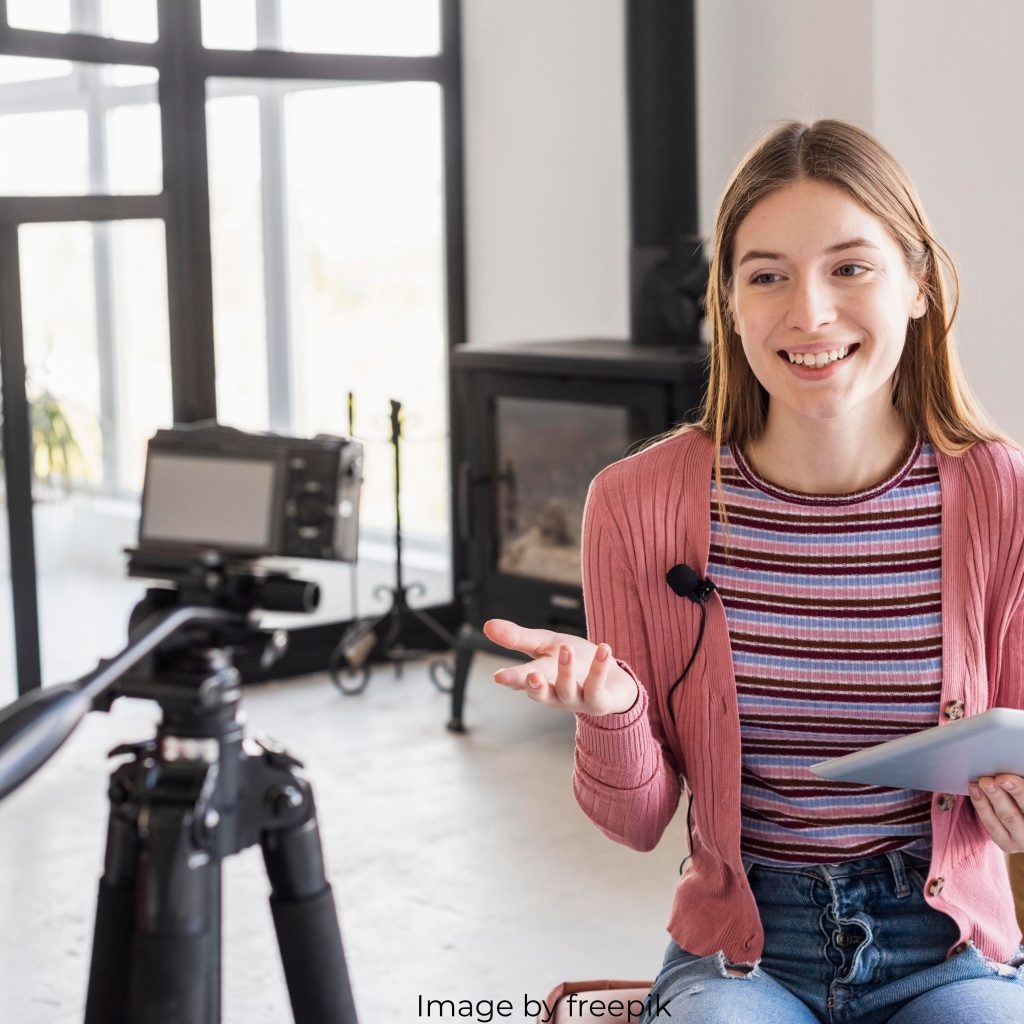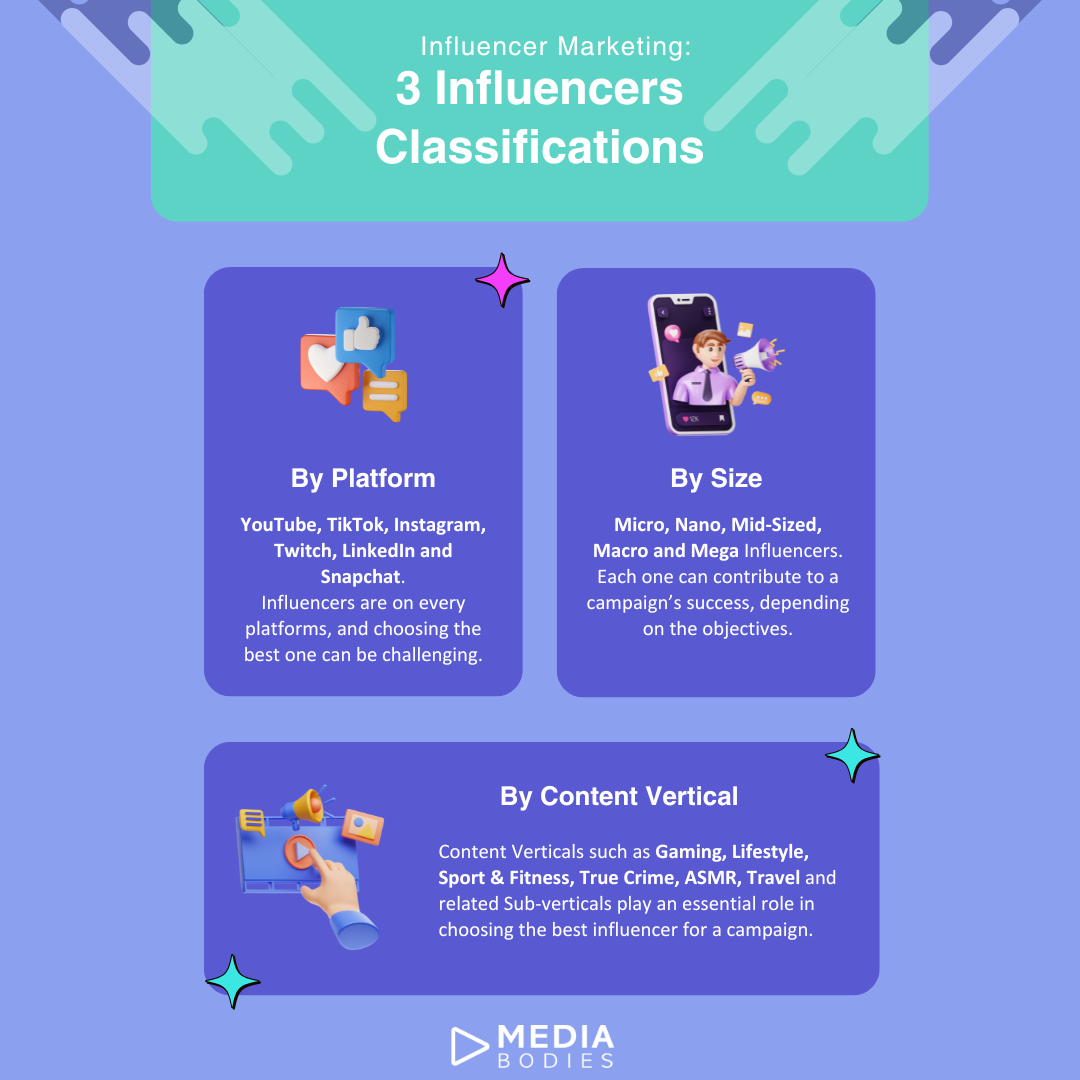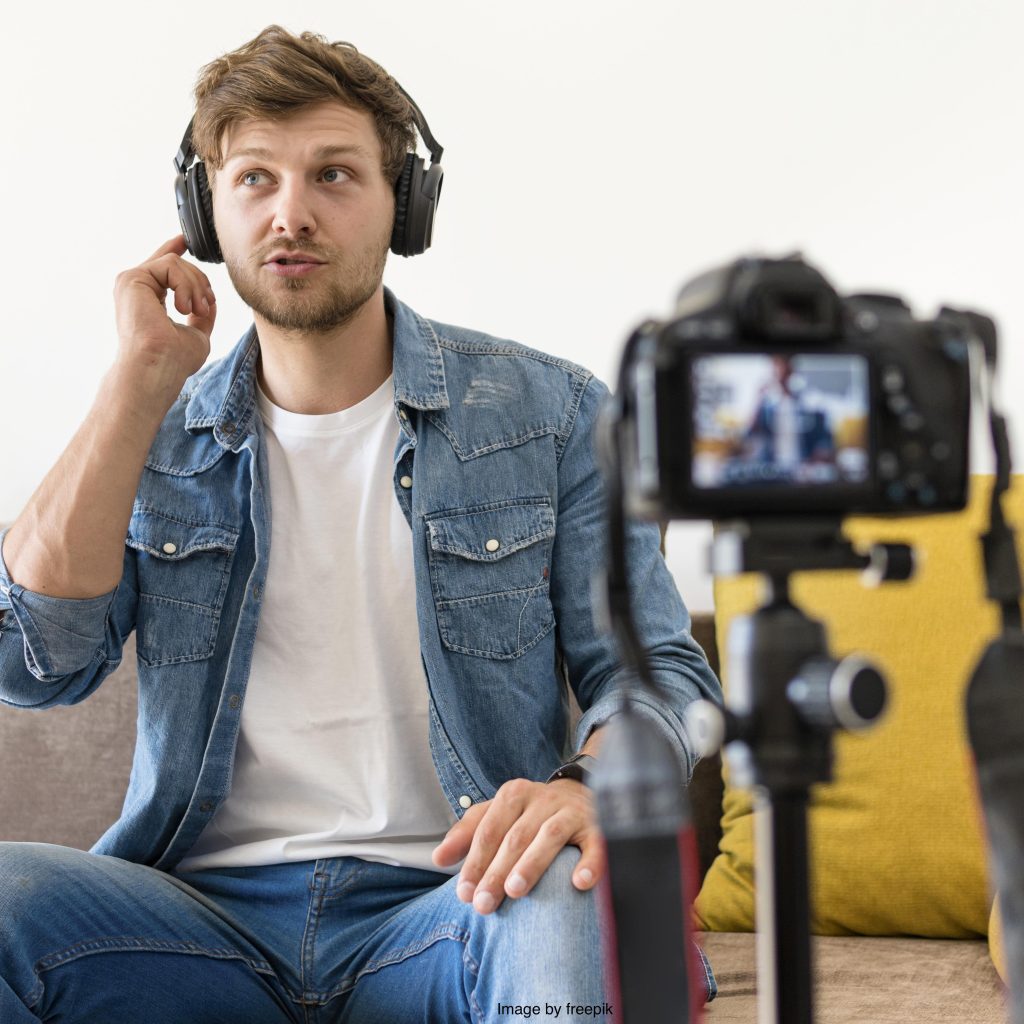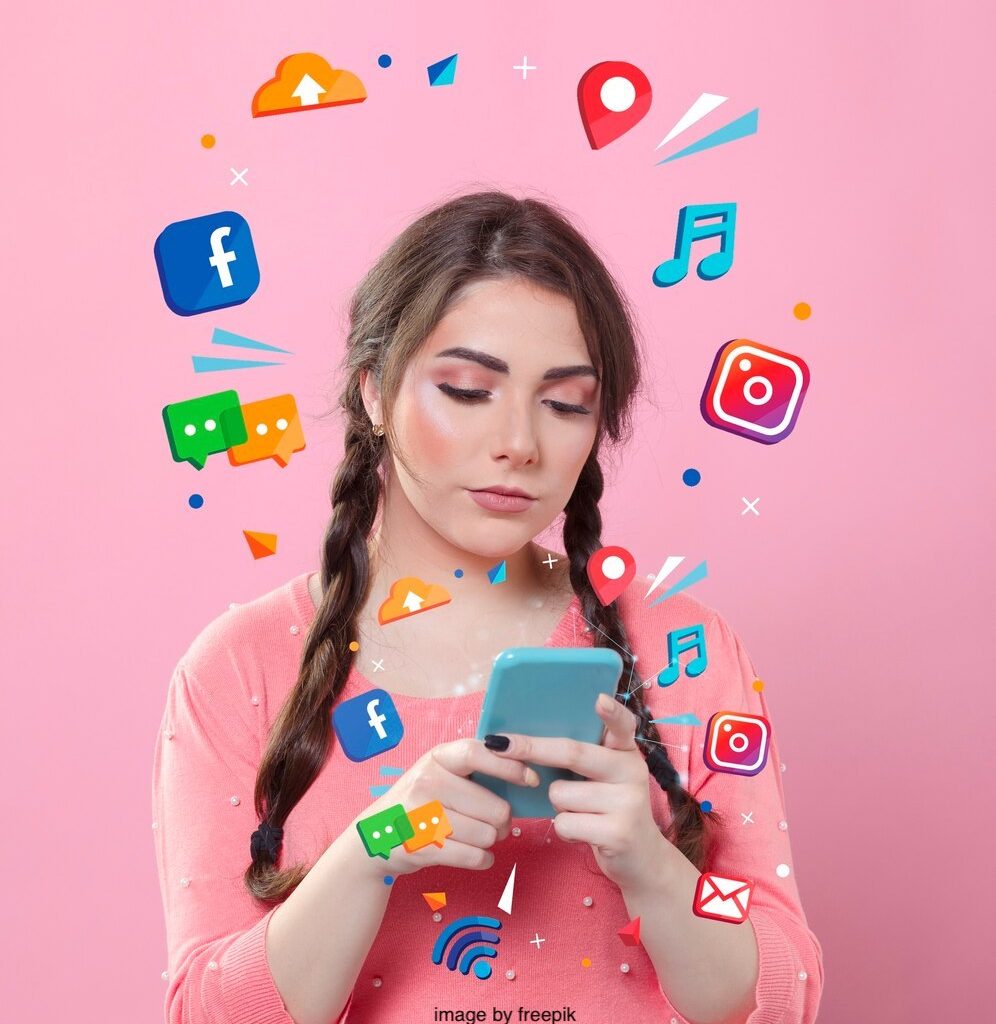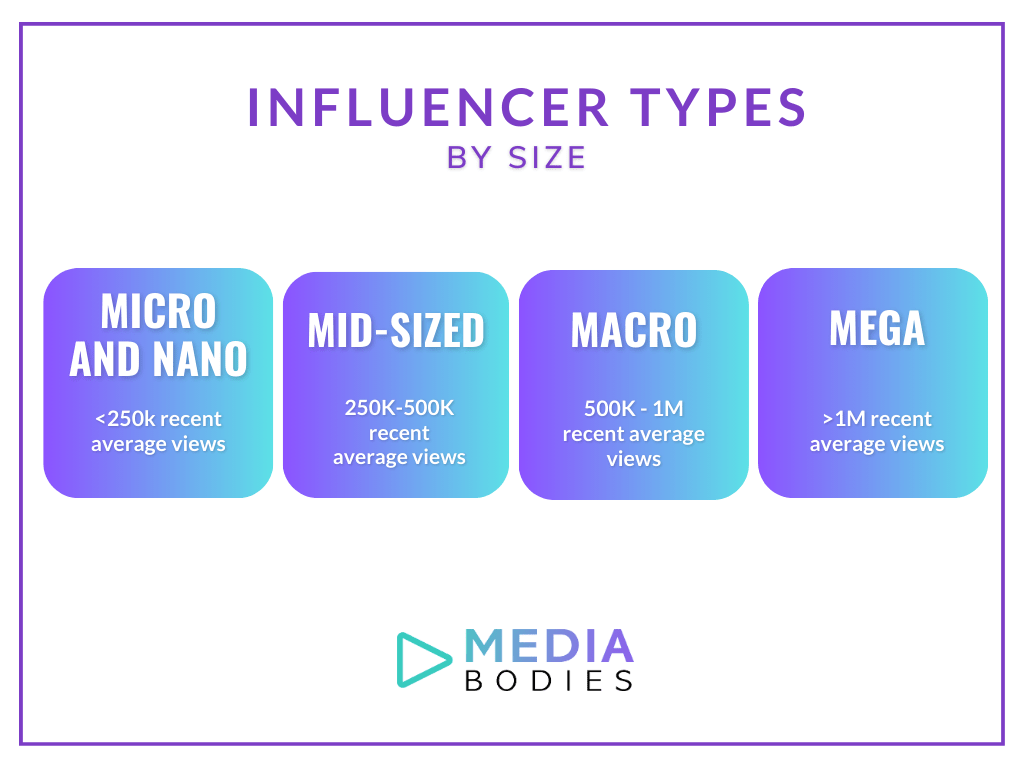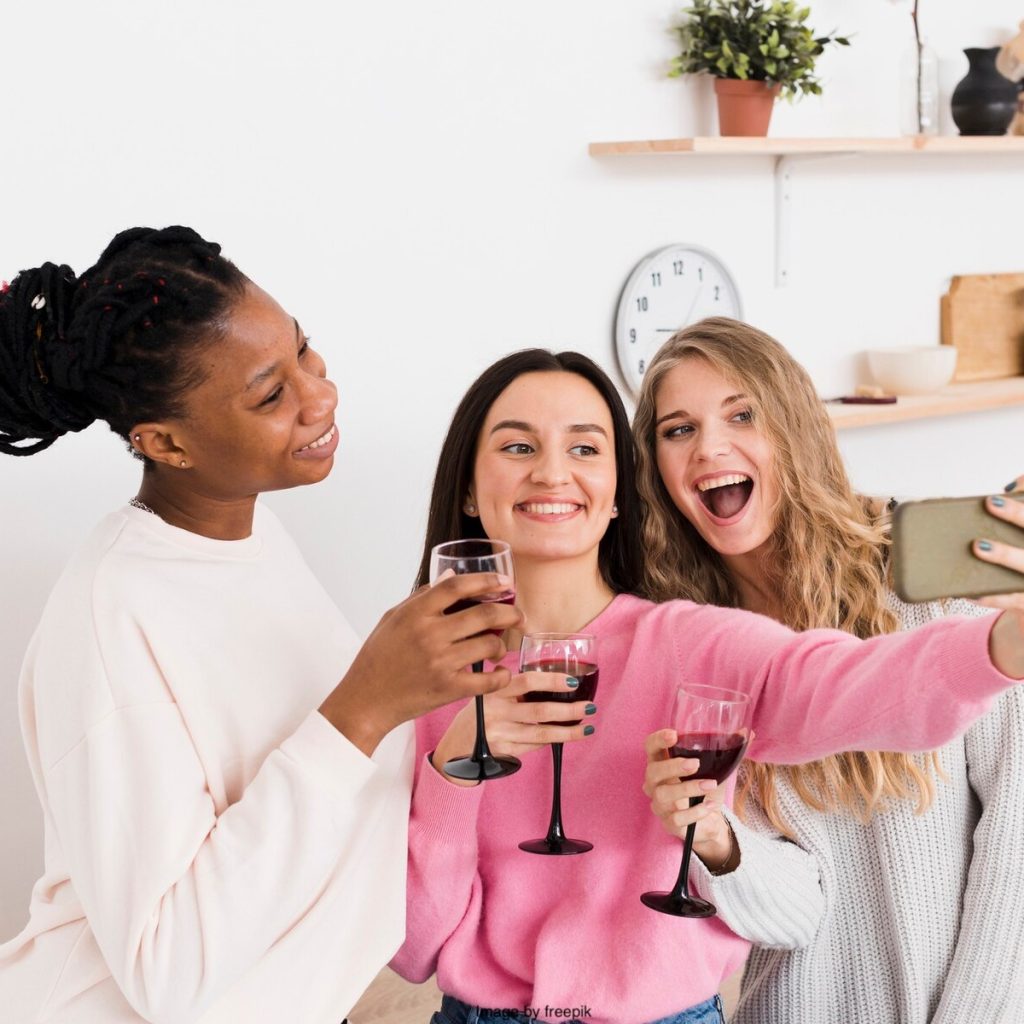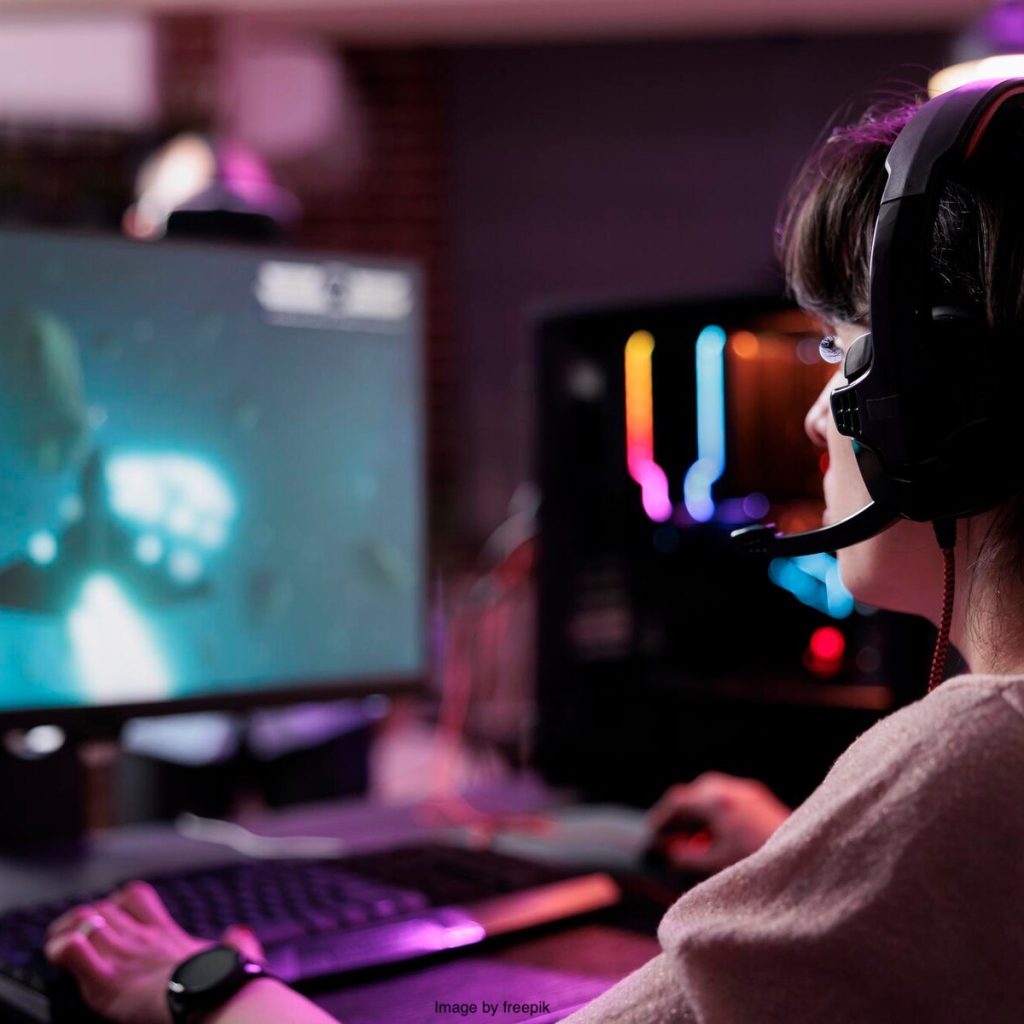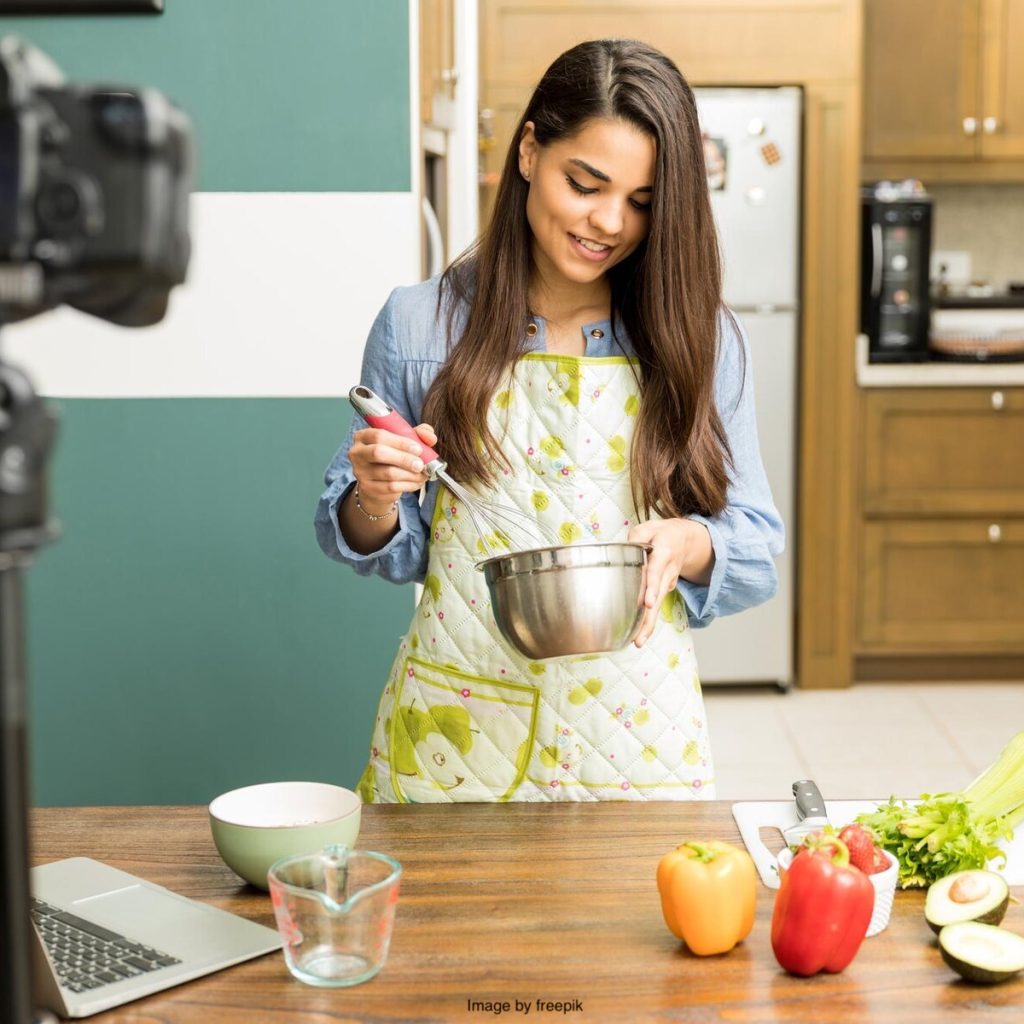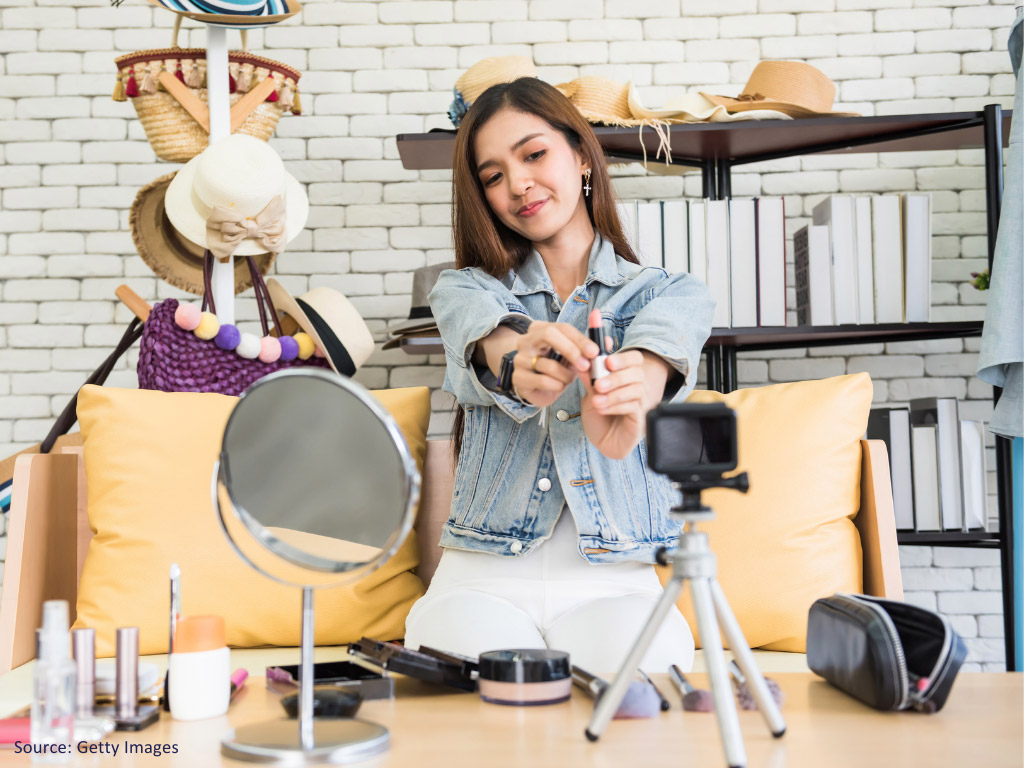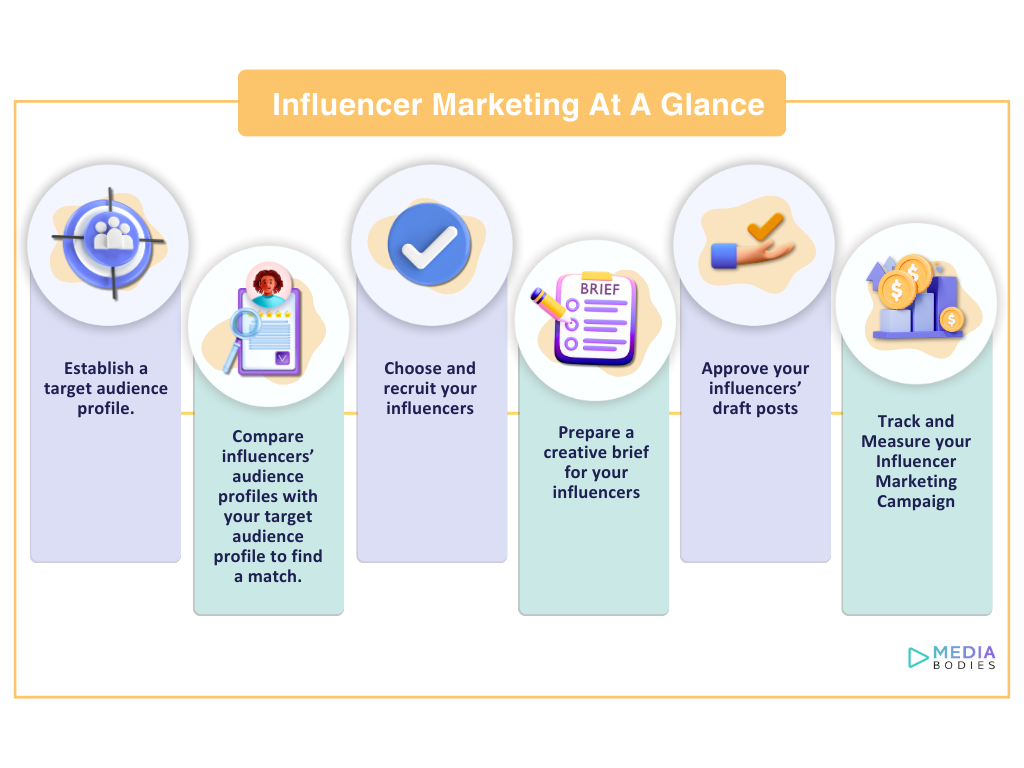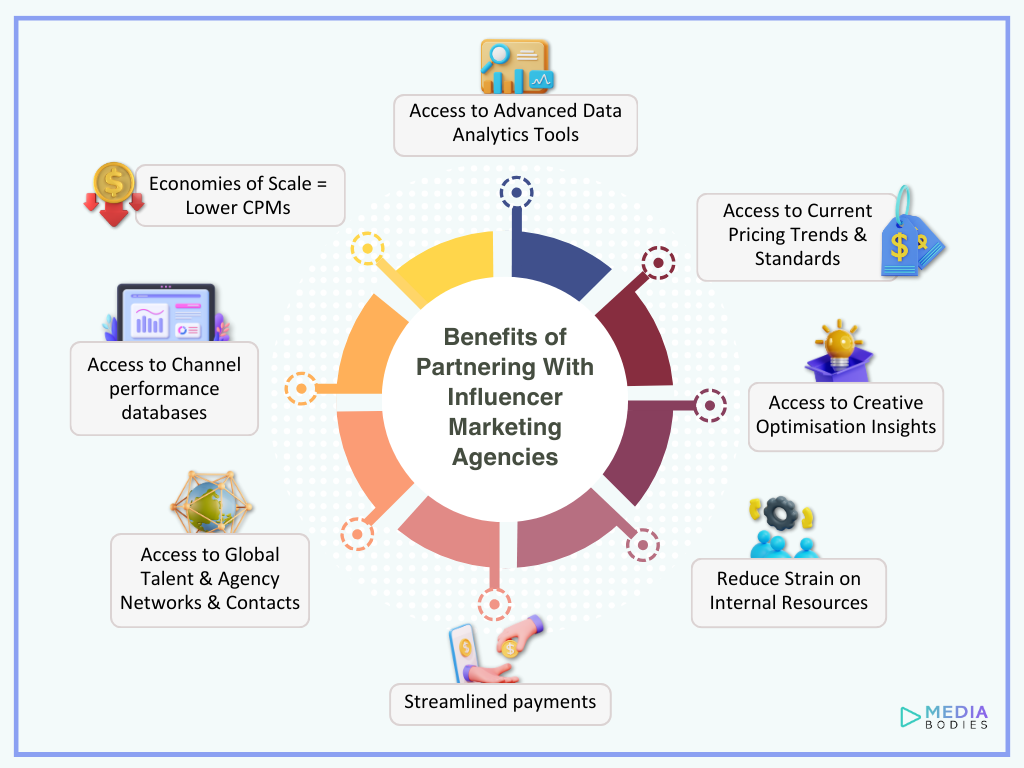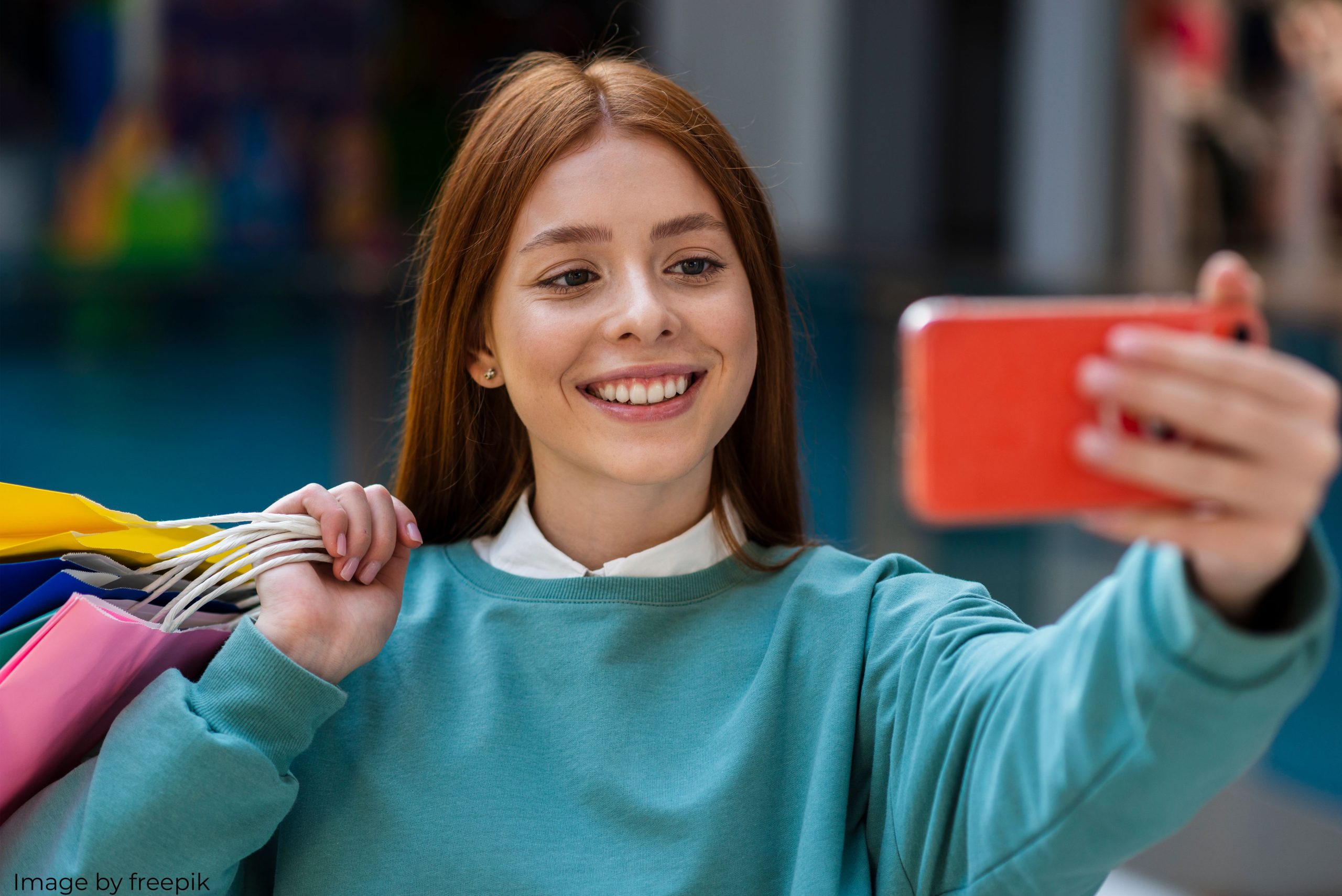
Imagine you’re scrolling through Instagram, and you see your favourite fitness influencer raving about a new protein shake. You’re intrigued, you trust their judgement, and next thing you know, you’re on the brand’s website, making a purchase. That’s the power of social media influencer marketing.
Social media influencer marketing involves brands collaborating with individuals who have significant influence over their followers on platforms like Instagram, YouTube, TikTok, and more.
This article will explore what social media influencer marketing is, why it’s important, and how brands can effectively leverage it.
For a comprehensive overview, check out our Essential Guide to Influencer Marketing.
The Basics of Influencer Marketing
Who Are Influencers?
Influencers are individuals who have built a dedicated following by sharing content in a specific niche. They can range from lifestyle bloggers and fitness gurus to tech experts and beauty vloggers. These influencers on social media platforms have a unique ability to connect with their audience on a personal level, making their endorsements highly impactful.
How It Works
Brands partner with influencers to promote their products through various types of content, such as sponsored posts, product reviews, and giveaways. This collaboration leverages the influencer’s credibility and reach to increase brand awareness and drive sales.
Discover the different Types of Influencers and their unique advantages.
Benefits of Influencer Marketing
Trust and Credibility
Influencers are often perceived as relatable and authentic, qualities that are essential for building customer trust and fostering a loyal following1. Their trustworthiness makes their recommendations highly credible, significantly influencing their audience’s purchasing decisions.
For instance, 28% of 16-24-year-olds who follow social media personalities report that these influencers have impacted their financial choices2. This highlights the profound effect influencers can have on consumer behaviour through their perceived authenticity and credibility
Reach and Engagement
Influencers can help brands reach new audiences and drive engagement.
88% of 16-24 year-old social media users follow or frequently view social media personalities, almost as many as follow or frequently view friends and family (89%)3.
Influencers create authentic content that resonates with their followers, which significantly boosts engagement and drives sales. Nearly 89% of marketers who use influencer marketing plan to increase or maintain their investment, underscoring its effectiveness in reaching and engaging target audiences4. This powerful combination of broad reach and deep engagement makes influencers invaluable in modern marketing strategies.

Content Creation
Influencers are pivotal in content creation, leveraging their unique perspectives and creativity to engage audiences effectively.
Influencers often create diverse and dynamic content across multiple platforms, utilising various media formats like videos, blogs, and social media posts to maintain engagement and relevance. This adaptability allows them to meet the demands of their audience while staying ahead of content trends.
Additionally, many influencers are increasingly using advanced tools, including artificial intelligence, to enhance their content creation process, enabling more personalised and impactful campaigns.5
Strategies for Effective Social Media Influencer Marketing
Identifying the Right Influencers
Finding the right influencers is crucial for successful influencer marketing campaigns. The alignment between the influencer’s content and the brand’s values is more important than mere follower counts. Influencers whose audience aligns well with the brand’s target demographic can drive more effective engagement and conversions.
Additionally, authentic influencers who genuinely use and support the products they endorse are more likely to have a dedicated and trusting audience, enhancing the credibility and impact of their promotions. It’s also essential to consider the influencer’s engagement rates, the quality of their content, and their reliability to ensure a seamless collaboration.
Find out how to find the right influencers here.
Building Relationships
Building strong relationships with influencers is crucial for brands aiming to leverage influencer marketing effectively.
Brands should start by thoroughly researching and identifying influencers whose values and audience align with their own. Personalised outreach and genuine engagement with the influencer’s content are key to initiating a meaningful connection.
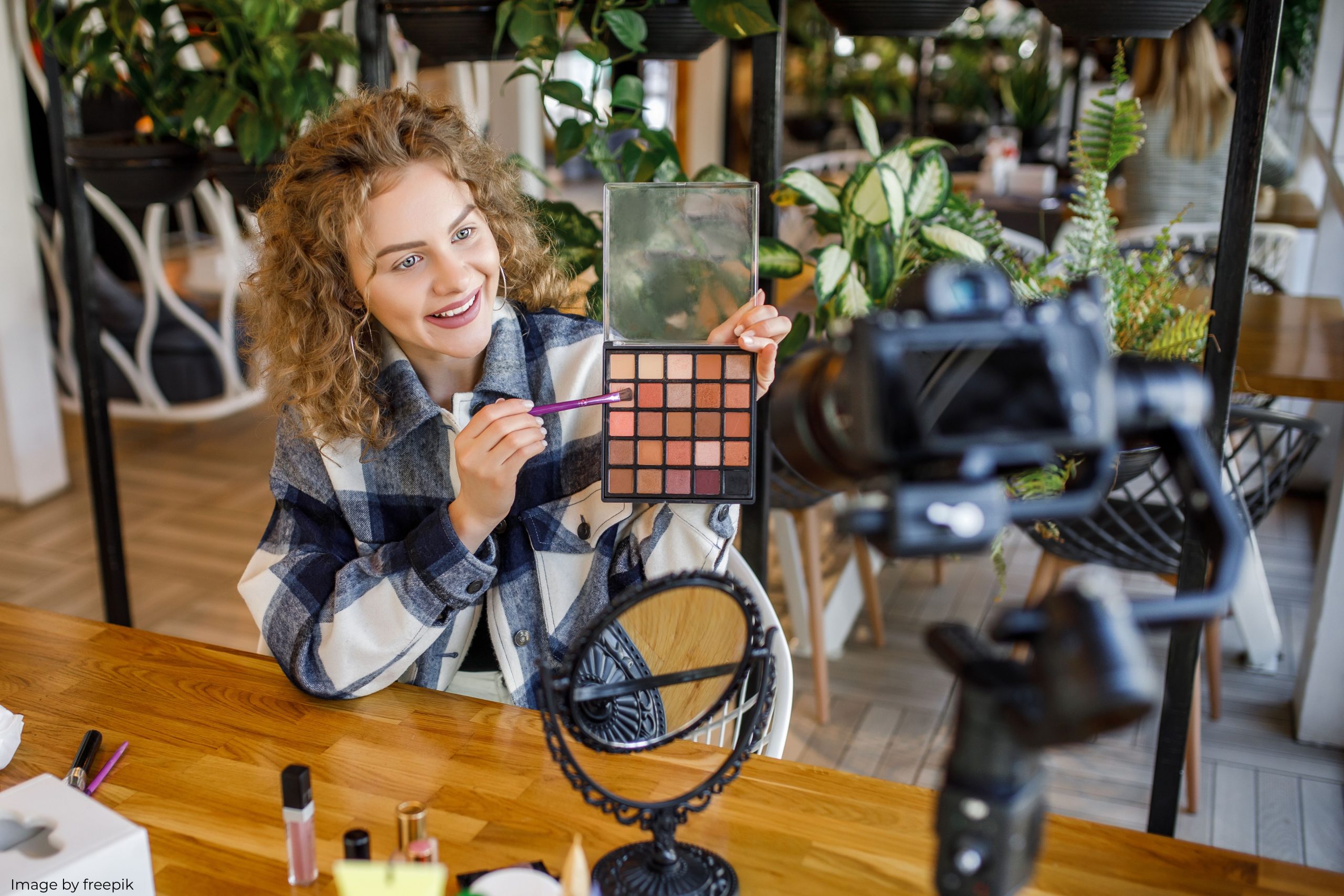
Types of Campaigns
Social media influencer marketing campaigns come in various forms, each tailored to specific objectives and audiences.
One popular type is product reviews, where influencers give detailed feedback on products, enhancing brand credibility through their trusted opinions.
Another effective approach is unboxings and tutorials, particularly on platforms like YouTube and Instagram, where influencers showcase and demonstrate how to use a product, engaging viewers with visual content.
Giveaways and contests are also prevalent, as they incentivise follower engagement and expand reach by requiring participants to share or comment, thereby increasing visibility.
Additionally, hashtag challenges on TikTok encourage user-generated content, fostering community involvement and organic promotion of the brand.
Each campaign type leverages the unique strengths of influencers to build brand awareness, trust, and engagement across various platforms
Measurement and Analytics
Tracking the effectiveness of social media influencer marketing requires a focus on key metrics and analytics to measure success accurately.
Important metrics include reach and impressions, which indicate the number of people exposed to the influencer’s content, and engagement rates, which reflect how actively the audience interacts with the content through likes, comments, and shares. Conversion rates, measured by the number of users completing a desired action (like making a purchase) divided by the total clicks, are crucial for understanding how well the influencer’s audience responds to calls-to-action.
Best Platforms for Social Media Influencer Marketing
Known for its visual content and high engagement rates, Instagram is ideal for lifestyle, fashion, and beauty brands.
An example of Instagram Influencer Marketing Campaign is the one conducted by Media Bodies for Emma Mattress.
The popular influencer Molly Mae played a pivotal role in promoting Emma Mattress through her authentic and engaging content that significantly boosted brand visibility and consumer interest.
This strategic partnership, part of a broader campaign involving over 25 influencers across various markets, has been instrumental in scaling Emma Mattress’s influencer marketing efforts in regions like Spain, Italy, and the UK. The collaboration highlights the impact of targeted influencer marketing in driving brand growth and consumer engagement. For more details, you can read the full case study here.
YouTube
Perfect for long-form content and detailed product reviews. Influencers on YouTube can create in-depth tutorials, unboxings, and vlogs.
Media Bodies’ YouTube campaign for Top Troops, executed in collaboration with MrBeast, focused on leveraging his massive influence to drive both brand awareness and performance results, particularly installs for the mobile RPG game.
The campaign utilised MrBeast’s global appeal and high engagement rates, integrating custom assets and challenges to create a deeper, more authentic partnership.
This approach resulted in over 48 million views within 24 hours and secured the #2 spot on trending, showcasing the effectiveness of using a mega-influencer for worldwide impact.
For more details, visit the case study here.
Learn how to leverage YouTube with our YouTube Influencer Marketing 101: A Comprehensive Guide.
TikTok
Rapidly growing with a younger audience, TikTok is great for viral marketing and short, engaging videos.
The TikTok campaign for Air Up, managed by Media Bodies, involved leveraging performance influencer marketing to engage a broad audience. It involved over 90 influencers across multiple verticals to create high-quality, seamless content that resonated with their target demographic. The strategy focused on maximising reach and engagement through creative and authentic integrations on the platform.
For more details, you can visit the case study here.
Offers a diverse user base and is excellent for reaching a wide audience through various content formats.
X (Twitter)
Ideal for real-time engagement and updates, especially for tech and news-related content.
Best for B2B influencer marketing, where industry experts and professionals can promote products and services.
Twitch
Popular for gaming and live streaming, Twitch allows influencers to engage with their audience in real-time.
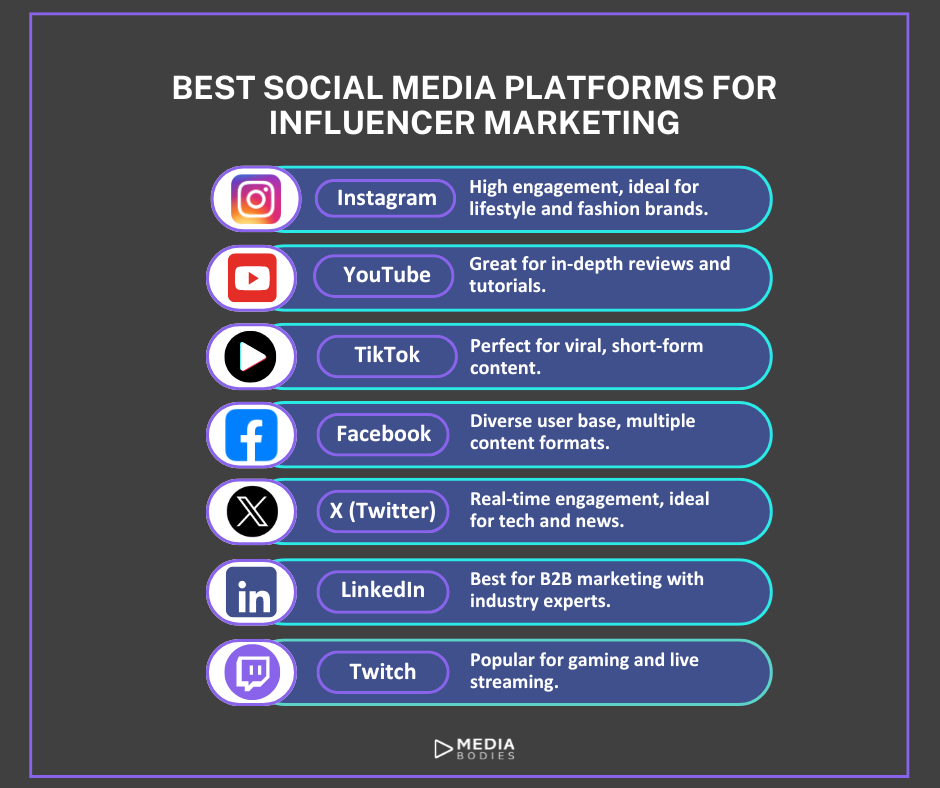
Challenges in Influencer Marketing
Cost and ROI
In social media influencer marketing, balancing cost and ROI presents significant challenges. Influencers often command high fees, straining marketing budgets. Measuring ROI is also complex due to the indirect impacts on brand visibility, engagement, and sales.
Effective campaigns require careful influencer selection, transparent performance metrics, and ongoing optimisation to ensure meaningful returns on investment.
Fakeness Perception Risk
Ensuring influencer authenticity is crucial. Influencers perceived as fake on social media have low credibility and reflect badly on the brand they represent.
Partnering with influencers implies a reputational risk that is amplified by the possibility of easily communicating issues offered by social media.
It is important to create integrations that feel authentic, as they will be more effective.
Compliance
Compliance in social media influencer marketing poses significant challenges, primarily due to the evolving regulatory landscape and varying guidelines across platforms.
Influencers and brands must adhere to advertising standards, such as disclosing sponsored content to avoid misleading consumers. Failure to comply can lead to legal repercussions and damage to brand reputation.
Ensuring transparency and proper disclosure is essential but often difficult to monitor and enforce consistently.
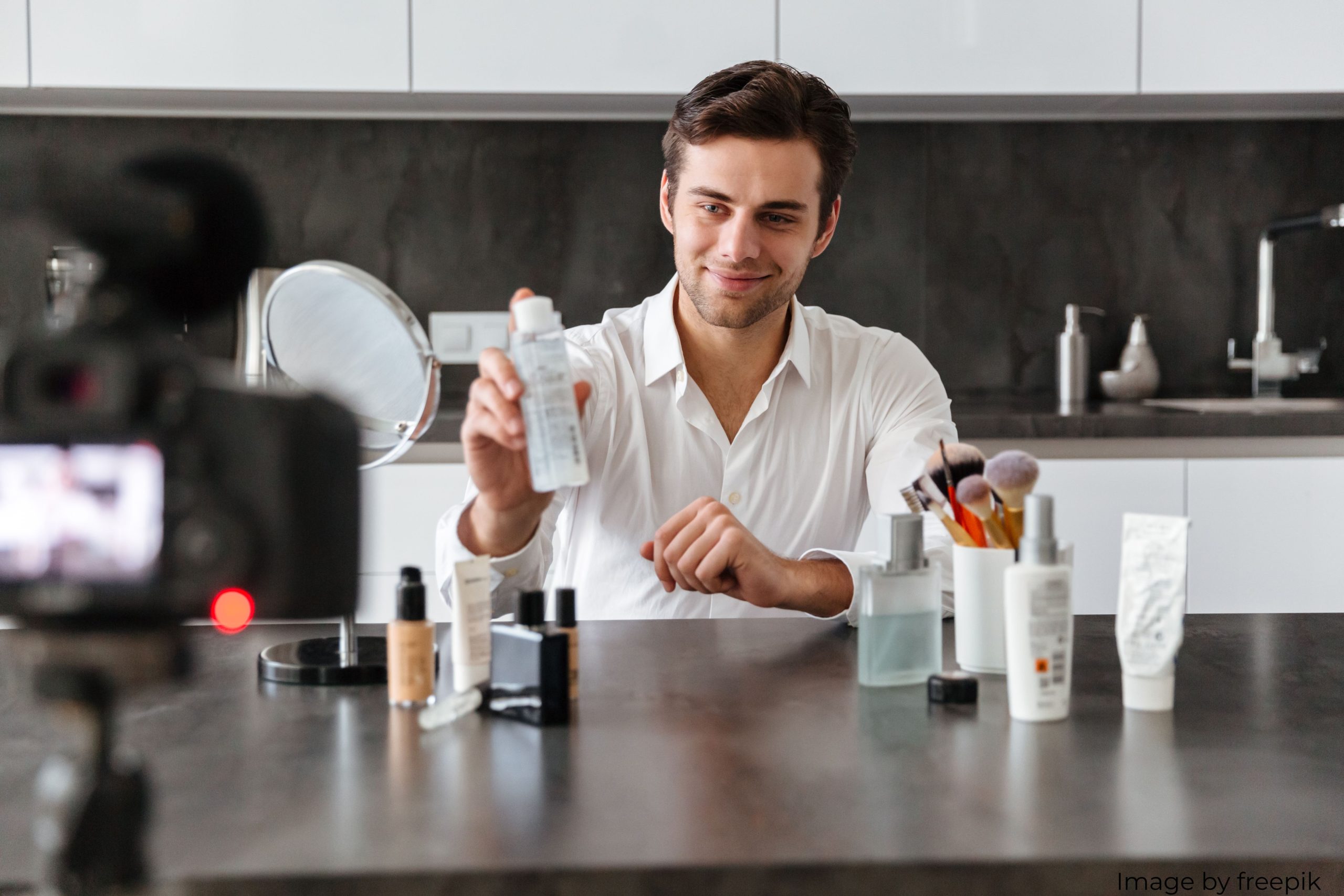
How can an Influencer Marketing Agency Help You with Social Media Influencer Marketing
Collaborating with an Influencer Marketing Agency for your Social Media Influencer campaign can help you make the most of it and obtain a high ROI.
Influencer Marketing Agencies assist you in optimising every step of the campaign.
From finding the right Influencers and securing a contract with favourable conditions to monitoring the campaign, improving performance and measuring ROI.
Visit our case studies page to know more about how Media Bodies supports the implementation of Social Media Influencer campaigns.
Future Trends
New Platforms
Influencer Marketing is gaining traction on some emerging social media platforms.
Podcasts
The podcast campaign for “June’s Journey,” by Media Bodies, targeted females aged 35 and above, aiming to generate scalable user acquisition and a strong ROI for Wooga.
By partnering with over 190 influencers and multiple podcast shows, the campaign leveraged performance metrics and strategic marketing across both YouTube and podcast platforms.
This approach resulted in a consistent month-on-month increase in user engagement and acquisition, solidifying the campaign’s success and its role in expanding the game’s user base.
For more details, visit the case study here.
Threads by Meta
Threads, launched by Meta in 2023, is designed to be a more intimate social networking experience, focusing on real-time updates and interactions. It has been growing steadily, especially among younger demographics. With 56% of Threads users following or frequently viewing posts from social media personalities, it’s clear that the platform has a strong creator element similar to Instagram.
Bluesky
Bluesky is a decentralised social media platform that aims to provide a more user-controlled experience, reminiscent of early Twitter. It’s starting to gain attention, particularly for its potential to attract users nostalgic for the old Twitter experience. The platform’s growth and user engagement indicate a fertile ground for influencer marketing, especially if it manages to attract high-profile users and celebrities.
Technology
AI is acquiring an important role in social media influencer marketing. 40% of people who follow social media personalities are interested in following an AI-generated personality.
Brands experimentation with virtual influencers has reached a peak with the development of generative AI, simplifying creation and interaction.
However, real influencers are still more relatable and authentic. Showing human flaws and struggles should be therefore used as competitive advantages
Consumer Behaviour
How changing consumer preferences are influencing trends in influencer marketing.
Mintel’s report provides a forecast of consumers’ attitudes towards social media influencer marketing in the next few years. In the next 2 years perceptions of social media personalities will improve. Moreover, more creativity tools and monetisation options will be available.
Between 2027-28 more evolved AI influencers will gain popularity, without undermining real influencers’ value.
Conclusion
In conclusion, social media influencer marketing has become a pivotal component of modern marketing strategies, leveraging the unique trust and engagement influencers hold with their audiences. By collaborating with individuals who have a significant social media presence, brands can enhance their reach, build credibility, and drive sales more effectively. As platforms evolve and new technologies like AI emerge, the landscape of influencer marketing continues to grow and adapt, offering even more opportunities for brands to connect with consumers in meaningful ways. To fully harness the power of influencer marketing, it’s essential for brands to choose the right influencers, foster genuine relationships, and continuously measure the success of their campaigns.
Get in touch today to start your Social Media Influencer Marketing Campaign!
What is social media influencer marketing?
Social media influencer marketing involves brands partnering with individuals who have a significant following on social media platforms to promote their products or services. Influencers share content related to the brand, leveraging their credibility and reach to engage their audience and drive sales.
Why is influencer marketing important?
Influencer marketing is important because it allows brands to tap into the trust and loyalty that influencers have built with their followers. This form of marketing can significantly increase brand awareness, engagement, and sales by reaching targeted audiences in an authentic and relatable way.
How to choose the right influencers?
Choosing the right influencers involves looking beyond follower counts. Brands should consider the alignment between the influencer’s content and the brand’s values, the influencer’s engagement rates, the quality of their content, and their reliability. It’s also crucial to ensure that the influencer’s audience matches the brand’s target demographic.
What types of campaigns can be run with influencers?
Brands can run various types of campaigns with influencers, including sponsored posts, product reviews, unboxings, tutorials, giveaways, contests, and hashtag challenges. Each campaign type leverages the unique strengths of influencers to build brand awareness, trust, and engagement.
How to measure the success of influencer marketing campaigns?
Success can be measured using key metrics such as reach, impressions, engagement rates (likes, comments, shares), and conversion rates. These metrics help brands understand how effectively the influencer’s content is performing and its impact on the audience.
What platforms are best for social media influencer marketing?
Different platforms serve different purposes:
- Instagram: Ideal for visual content and high engagement rates.
- YouTube: Great for long-form content and detailed product reviews.
- TikTok: Excellent for viral marketing and short, engaging videos.
- Facebook: Offers a diverse user base for wide-reaching campaigns.
- Twitter (X): Suitable for real-time engagement and updates.
- LinkedIn: Best for B2B influencer marketing.
- Twitch: Popular for gaming and live streaming.
What are some challenges in influencer marketing?
Challenges include balancing cost and ROI, ensuring influencer authenticity to avoid the perception of fakeness, and complying with advertising regulations. Additionally, it can be difficult to monitor and enforce transparency and proper disclosure consistently.
How can an influencer marketing agency help?
An influencer marketing agency can assist brands by optimizing every step of the campaign, from finding the right influencers and securing contracts to monitoring performance and measuring ROI. Agencies offer expertise and resources that help brands maximize the effectiveness of their influencer marketing efforts.
What are future trends in social media influencer marketing?
Future trends include the rise of influencer marketing on emerging platforms like Threads and Bluesky, increased use of AI and virtual influencers, and changing consumer preferences that demand more authenticity and creativity from influencers. AI tools will enhance content creation, but real influencers will continue to hold value due to their relatability and authenticity.
- https://impact.com/research-reports/the-state-of-influencer-marketing-2023-infl-rrt-imp-ed-nam-0623/ ↩︎
- https://clients-mintel-com.manchester.idm.oclc.org/report/social-media-content-creators-uk-2024 ↩︎
- https://clients-mintel-com.manchester.idm.oclc.org/report/social-media-content-creators-uk-2024 ↩︎
- https://blog.hubspot.com/marketing/influencer-marketing-stats ↩︎
- https://socialpubli.com/blog/ai-study-influencer-marketing/ ↩︎

With over 50 million influencers across various platforms, there is clearly no shortage of influencers. Yet, if you’re just starting out with influencer marketing, you might find yourself asking, ‘How do I find influencers for my brand?’1
As Influencer Marketing increasingly becomes sought after for marketing campaigns2, more teams are looking to understand the best practices around this medium.
This is a complex question that requires various considerations- from the social media platform, to the budget and scale of the campaign. Further, the more important factor to consider is not how to find influencers, rather, how to find the RIGHT influencers.
While there are nuances to looking for influencers across different platforms; there are some fundamental practices that are common for Instagram, Tiktok or YouTube Influencers.
In this article, we break down everything you need to know about finding the right Influencers for your campaign.
How to find influencers: A Starting Point
Where should I start looking for Influencers for my brand? Should I invest in an Influencer marketing platform or look organically? When should I work with influencer agencies? Should I approach a talent agency or Influencer Marketing agency to help me find influencers?
If your brand is just embarking on your influencer marketing journey, it is likely you’ll be asking these questions. And these are, without a doubt important questions, but ones that should be addressed further along in your journey.
The fundamental secret to finding the right influencers is defining your brief well.
Deciding whether to work with or without an agency or working with or without tools is important. It will define how easy, sustainable, and efficient your search process is. But accurately defining your brief will determine how effective your search process is. Therefore, it is essential to move in the right direction.
So what does defining your brief entail? Like every marketing activity, successful Influencer marketing starts with building your strategy around your brief. The process of building a good brief involves the following:
- Define the objective & KPIs of your campaign
- Define an estimated budget
- Define your target audience
- Define Your Product/Service’s Key Features
- Identify your key competitors
Let’s break down how each of these elements of the brief contribute towards finding the right influencers for your brand.
5 Steps to building a brief to find influencers
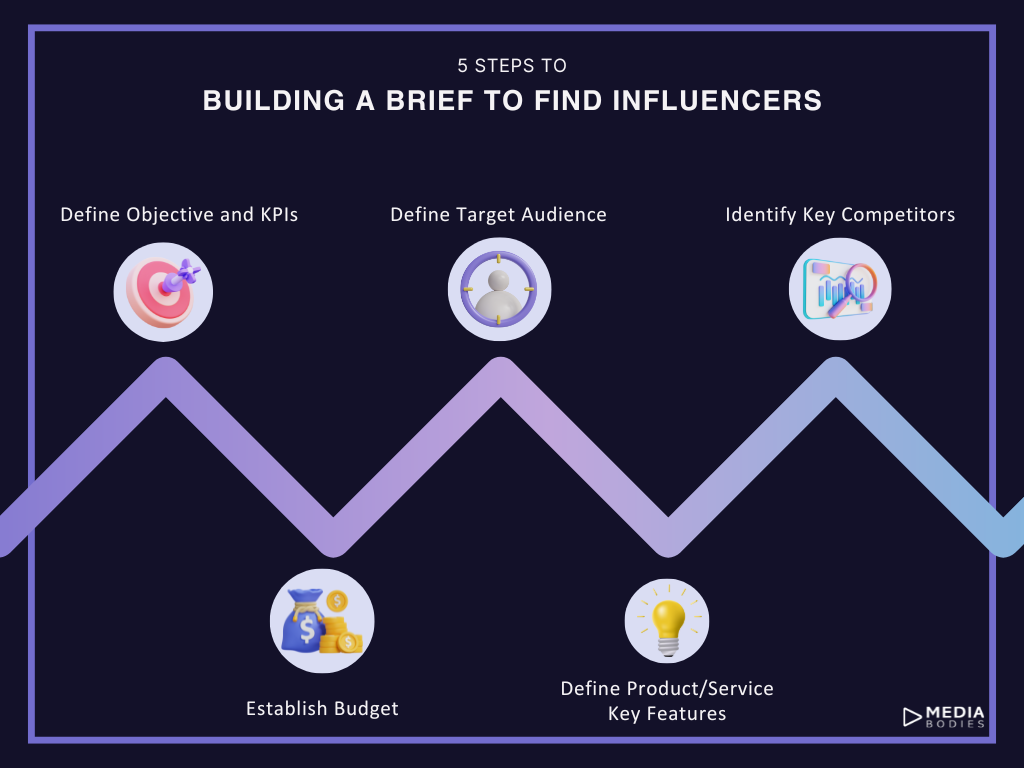
Define the objective & KPIs of your campaign
Defining your objective and KPIs allows to determine what size of influencer to work with and what sort of creative may be needed.
For a brand awareness-oriented campaign, that ties into activities like PR, this might imply investing most of your budget in one or two mega influencers who have a wider reach and an aspirational quality that aligns with your brand identity.
On the other hand, a performance and sales oriented objective, where the KPIs are related to conversions, might require you to spread your budget across multiple mid-sized to nano influencers. These have a more engaged audience and more relatable quality. Moreover, it might be necessary to to reassess your fundamental platform of choice. In fact, specific platforms like YouTube or Podcasts are currently more optimised to drive measurable performance impact than others.
A performance oriented objective might also require a different approach to your creative briefing. Fo instance defining specific talking points, CTAs, additional motivators like discount codes, and so on might be required.
Defining these KPIs and objectives at the outset can help focus efforts in finding the right influencers, allocating budget, and approaching further steps like creative briefing, negotiation, tracking and measurement set-up, etc with a strategic mindset.
Establish an estimated budget
Having an estimated budget in mind can help you decide whether or not you should work with an influencer agency, what size of influencer you should be working with, and how you should be allocating your spend. These are all key considerations in finding the right influencers for your campaign.
Define your target audience profile
- Their age
- Their gender split
- The target geographical region of your campaign
- Their interests, likes/dislikes.
Defining a comprehensive target audience profile is one of the key cornerstones to successful influencer collaborations. Trying to find influencers for your campaign without defining your target audience is like taking a shot in the dark: risky and ineffective.
Accurately defining your audience profile can help you refine and focus your influencer-search process from the outset. This way you can reach potential customers through trusted sources with highly relevant messaging that acknowledges their interests, problems, desires.
Vanity metrics like follower counts or high engagement rates will not guarantee ROI on your influencer marketing campaign3 if the collaboration is misplaced. An influencer-brand misalignment can be damaging for both the influencer4 and the brand and have a knock-on effect on the performance of your other marketing channels by creating a negative brand perception.
Define Your Product/Service’s Key Features
Outlining why potential customers may need / use / enjoy the product or service can help with identifying your USP. Moreover, defining product’s factors such as ‘colour’ or ‘aesthetic’ might help uncover unconventional but effective content verticals within which to find influencers.
For instance, one of our client’s products fundamentally fell within the category of ‘casual hidden object mobile games.’ Defining the target audience involved identifying 35+ year old females based in the US and interested in puzzle based games.
Defining the product’s features further – like the 1920s theme, the central character being a detective, the ability for players to collect items and customise their own ‘islands,’ homes, etc.- allowed us to identify verticals like True Crime, Vintage Fashion, DIY, etc that would be more suitable rather than generic lifestyle influencers.
Other examples are an ‘FPS game’ where we recognised Minecraft gamers as a vertical within which to direct our influencer search, due to the game’s Roblox-style graphics, or a natural refillable deodorant brand discovering the unexpected synergy of a love for nature, and the need for body odour control within the influencer niche of ‘horse riding enthusiasts.’
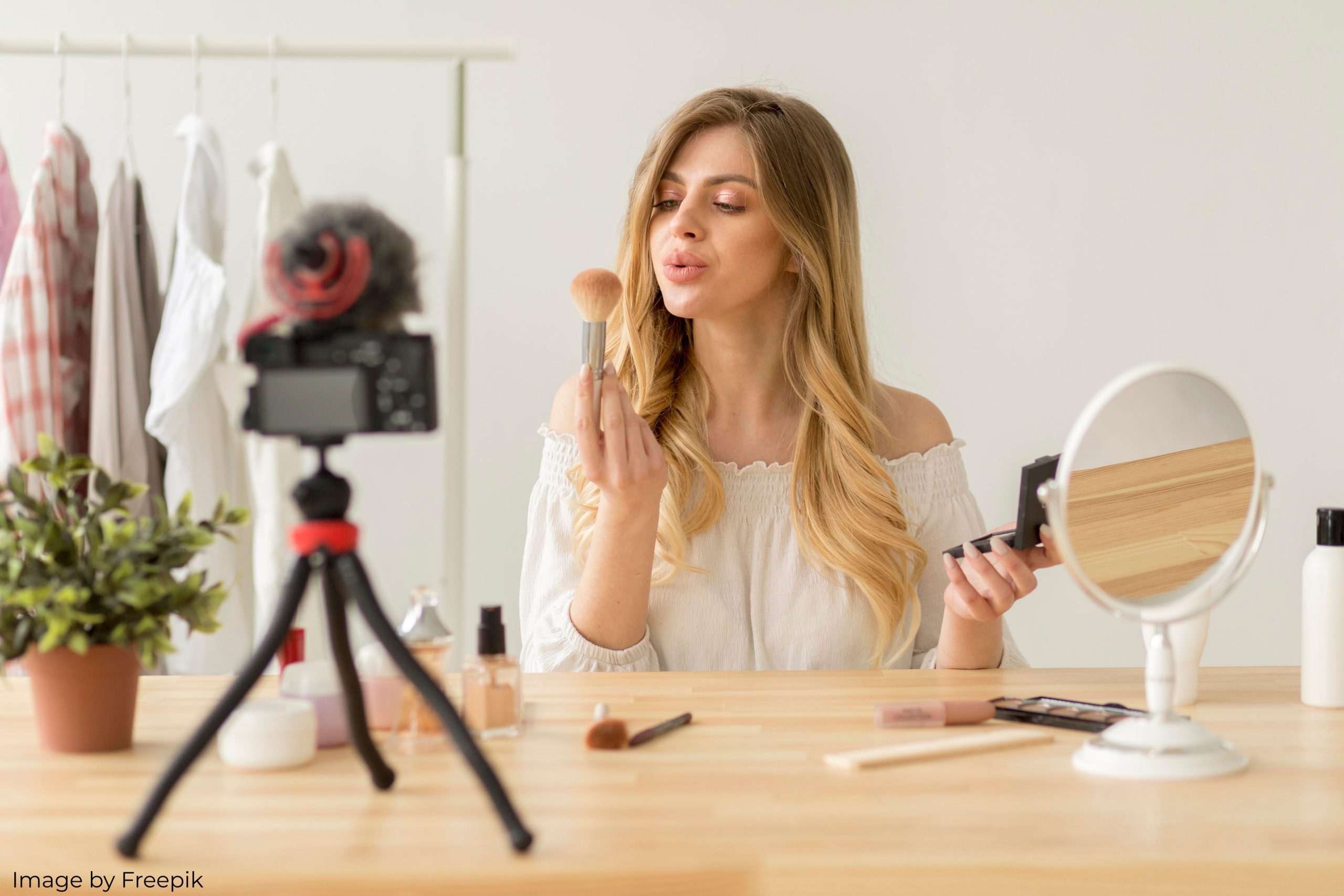
Identify your key competitors
Teams particularly new to and sceptical of Influencer Marketing might want to base their choices on ‘guaranteed ROI.’ Unfortunately, this is a rare possibility with most marketing mediums, let alone influencer marketing.
Influencer Marketing comes with uncertainty due to the inability to optimise live and flat-fee payment structures for several creators. While platforms like Podcasts do allow for live-optimisation, this is not a possibility with other influencer platforms.
This means guarantees are not possible. However, it is possible to optimise influencer selection for the highest probability for success. Teams experienced with influencer campaigns will consider previous campaign results for their high performers and find influencers similar in content areas, style, and format. This is not an option for brands new to or relatively inexperienced with influencer marketing or with poor track results.
In such cases, identifying your competitors can be extremely useful in optimising your influencer search strategy for strong ROI results. By identifying which influencers your competitors have worked with on multiple occasions or content verticals they have invested heavily in, you can draw deductions regarding high performers and find those influencers which will have a high probability of success for your brand as well!
Outlining these factors in your brief can make a difference in finding the right influencers and maximise your approach’s effectiveness. But effectiveness is just one pillar of success. The ultimate goal is always to build and scale effective marketing channels. And this means building efficiency and sustainability into the process of finding influencers. This is where considerations like tools and agency collaboration come into play.
Do I need to work with an influencer agency to find the right influencers?
The first key consideration here would be differentiating between a talent agency and an influencer marketing agency. While talent agencies are a convenient way to access curated lists, they will only pitch creators under their management.
For a highly specific brief with fewer creators going live, this could potentially be a viable way to find influencers. However, this will rarely give you an accurate idea of the variety of options available. Owing to talent agencies’ limited roasters, there may not always be enough creators to fill your budget. You may find yourself with a pool of creators who match your brief precisely, and some lacking in certain areas.
How Influencer Marketing Agencies can help you find influencers
Without a mediator with insider industry knowledge negotiation on your behalf, you may find yourself paying above average CPMs. This is where working with an influencer marketing agency can prove valuable in finding the right influencers.
While Influencer Marketing might seem simplistic, working with influencers, particularly at scale, can quickly become very taxing for internal teams. There are now millions of content creators across platforms, but not all of them will suit your brand or objectives. Hence, finding and evaluating trustworthy channels in this oversaturated creator market has become challenging5.
Successful influencer marketing requires putting a lot of pieces into place, and managing this entire process manually is inefficient and unsustainable.
Influencer databases and management tools have improved the process of finding influencers massively. They allow teams to view audiences’ demographics, engagement, etc. while conducting deeper analysis like sentiment analysis and competitor analysis.
These tools sometimes have a limited database that only displays those creators who ‘apply’ to be included in the system. Therefore, they may not show you all the options available out there.
Further, they are often rather expensive and contractually binding. This presents a challenge for brands’ where Influencer Marketing is not constantly used, or collaborations do not occur at scale.
Finding various kinds of influencers is a fundamental part of the day-to-day of Influencer marketing agencies. Therefore, these agencies have access to Influencer databases (of both managed and unmanaged influencers) and tools- often more than one. They will also have their own internal repositories of ‘high performing’ creators, verticals and formats. This provides a much larger pool of creators to choose from and of insights to build your influencer Marketing campaign on.
Influencer marketing agencies are also aware of fair pricing standards. Additionally, their frequent collaborations with creators and talent agencies mean they are privy to favourable pricing and economies of scale. This can be extremely valuable to find the right influencers while maintaining favourable CPMs and producing overall campaign ROI.
Furthermore, Influencer marketing does not end with finding influencers. Outreach, negotiation, briefing, draft management and approval, live monitoring, invoicing and payment, post campaign analysis and strategy – these are all equally critical parts of the influencer marketing pipeline.
These are all functions that fall within the scope of most influencer marketing agencies’ services. Hence, you can offset most of the strain of finding influencers, of delivering the complete influencer marketing campaign and planning for analysis and future strategy from your internal resources.

How can I find influencers without an influencer agency?
While working with an agency has massive benefits outlined above, this may not be affordable for all brands. Typically, agencies will not work on campaigns with a budget below $5k.
While investing in an influencer platform or tool could be an option, with budgets of this size it is likely the scale of the campaign and creators you can work with will not be significant anyway. In this case, organic search and discovery of influencers might be a possibility.
In this case, using the search and filter features, searching with hashtags6, and specifically manipulating the algorithms to curate your feeds on YouTube, Instagram, or TikTok to mimic the kind of content that would appeal to your target consumer can help you organically discover influencers whose content can be a good fit.
If you’re looking for mega influencers and examining vanity metrics for brand awareness purposes, generic AI tools like ChatGPT can help find them within specific niches.
Using search engines or other social listening tools you have access to for your other PR activities can also be useful.
However, these methods to find influencers do not always give you easy access to important metrics like influencers’ audience demographic details, competitor spending patterns, brand safety considerations, and so on.
Why is finding the right influencers important?
Influencer marketing holds a lot of promise for driving results, whether it is performance or brand awareness. However, it is important to approach it strategically in order to gather reliable data and accurately assess its potential. Finding the right influencers is a critical part of it.
A misplaced influencer sponsorship will not only be a waste of money, but could also reflect poorly on your brand and keep your team from investing in any future influencer marketing campaigns7, keeping you from resulting in wasted potential.
When you find the right influencers for your brand, they can:
- drive tangible results,
- uplift your brand image through trust, authority and likeability,
- help build a stronger community,
- create a valuable, loyal customer base.
Summing up: How to find the right influencers for your brand
In conclusion, selecting the right influencers for your influencer marketing campaigns requires careful consideration of various factors, including campaign objectives and KPIs, your target audience profile, your competitors, budget, product/service features, and more. Defining these can help you focus your search in the right direction. Investing in influencer platforms or tools or partnerships with influencer marketing agencies like Media Bodies can help you find and collaborate with these ideal influencers in the most efficient and effective way.
Want to learn how to find influencers in the most data-led way? Book a demo call with our team today!
Frequently Asked Questions (FAQs) about finding influencers
How do I find the right influencers for my brand?
Determining the right influencers for your brand starts with defining factors like your target audience, campaign objectives & KPIs, an estimated budget, and your key competitors. This provides a good foundation to focus your influencer search in the right direction and find the creators who will be the best fit for your brand and your audience.
What factors do I need to consider when finding influencers?
As mentioned above, simply ‘finding influencers’ is not enough. You need to look for the RIGHT influencers to actually drive tangible results, and this starts with defining a brief by outlining the target audience, campaign objectives & KPIs, an estimated budget, and your key competitors.
When finding influencers who fit your brief, you need to consider factors like your available resources, timelines, long-term strategic goals. After, you can determine whether you need assistance in the form of influencer platforms or agencies to carry out the steps that come thereafter- from outreach, negotiation, draft management, live monitoring, reporting, and analysis.
Do I need an influencer marketing platform?
Whether you need an influencer marketing platform depends on the scale of your influencer marketing campaigns! For smaller campaigns with fewer creators, an organic search using hashtags or ‘similar profiles’ on the social media platforms may be enough. For larger scale campaigns, you may need to invest in an influencer marketing platform or work with an agency!
How can I find influencers for free?
You can find influencers for free using search engines, or hashtags on social media platforms. This would require you to have some idea of the interests of your target audience or the content category within which you would like to find influencers. Another means to find influencers at no extra cost would be to use the social listening tools your PR department may have to find creators who have organically mentioned your brand, or alternatively your competitors. This may help you discover creators who have a genuine interest in your brand or general product or brand category.
How long does it take to find influencers?
This depends on your resources, scale, KPIs, and the audience niches you are trying to reach! If you have a large internal team, a common content vertical and accessible target audience, the top Influencer discovery tools and a modest budget, you may be able to find influencers in as little as a day or two! However, these factors are all rarely aligned with the ideal scenario, which can make finding influencers challenging for internal teams.
Working with an influencer marketing agency can help finding a list of influencers within a week for up to six figure budgets. Larger budgets with performance oriented KPIs may require a slightly longer timeline. However, this is always comparably smaller compared to the time smaller internal teams may require.
Can Media Bodies help find influencers for my brand?
Absolutely! As a full service Influencer Marketing agency with 11 years of experience, Media Bodies has access to multiple tools and platforms to find influencers for your brand. We also consult performance data from the hundreds of prior campaigns we have run and analyse competitor strategies to ensure we are finding the RIGHT influencers for your brand.
Further, Media Bodies’ global networks with managed and unmanaged creators across the world and frequent collaboration opportunities. This eliminates a lot of the risk involved in the outreach stages. Moreover, allows us to deliver campaigns with quick turnarounds, and to do so at preferential rates, helping lower CPMs and produce the best ROI for your influencer marketing campaign.
- https://influencermarketinghub.com/influencer-marketing-benchmark-report/#toc-19:~:text=a%20new%20product.-,Finding%20Influencers%20to%20Participate%20is%20Again%20the%20Greatest%20Challenge%20for%20Those%20Who%20Run%20Campaigns%20In%2Dhouse,-We%20asked%20those ↩︎
- https://influencermarketinghub.com/influencer-marketing-benchmark-report/#toc-2:~:text=negative%20consumer%20sentiment.-,Nearly%2060%25%20of%20Respondents%20Intend%20to%20Increase%20Their%20Influencer%20Marketing%20Spend%20in%202024,-59.4%25%20of ↩︎
- https://medium.com/rta902/why-do-followers-and-likes-make-our-self-worth-plummet-or-spike-woke-7138fa1d9ea9 ↩︎
- https://hbr.org/2023/05/how-brands-and-influencers-can-make-the-most-of-the-relationship#:~:text=Second%2C%20sponsored%20content%20was%20less%20damaging%20when%20the%20product%20aligned%20with%20the%20types%20of%20things%20the%20influencers%20typically%20touted%20in%20unpaid%20posts. ↩︎
- https://influencermarketinghub.com/influencer-marketing-benchmark-report/#toc-44:~:text=a%20new%20product.-,Finding%20Influencers%20to%20Participate%20is%20Again%20the%20Greatest%20Challenge%20for%20Those%20Who%20Run%20Campaigns%20In%2Dhouse,-We%20asked%20those ↩︎
- https://www.modash.io/blog/find-influencers-with-hashtags-and-bio-keywords ↩︎
- https://influencermarketinghub.com/influencer-marketing-challenges/#toc-2:~:text=Until%20you%20can%20provide%20proof%20of%20success%20and%20a%20positive%20return%20on%20investment%20(ROI)%20you%20may%20face%20challenges%20from%20above%20about%20your%20participation%20in%20influencer%20marketing ↩︎
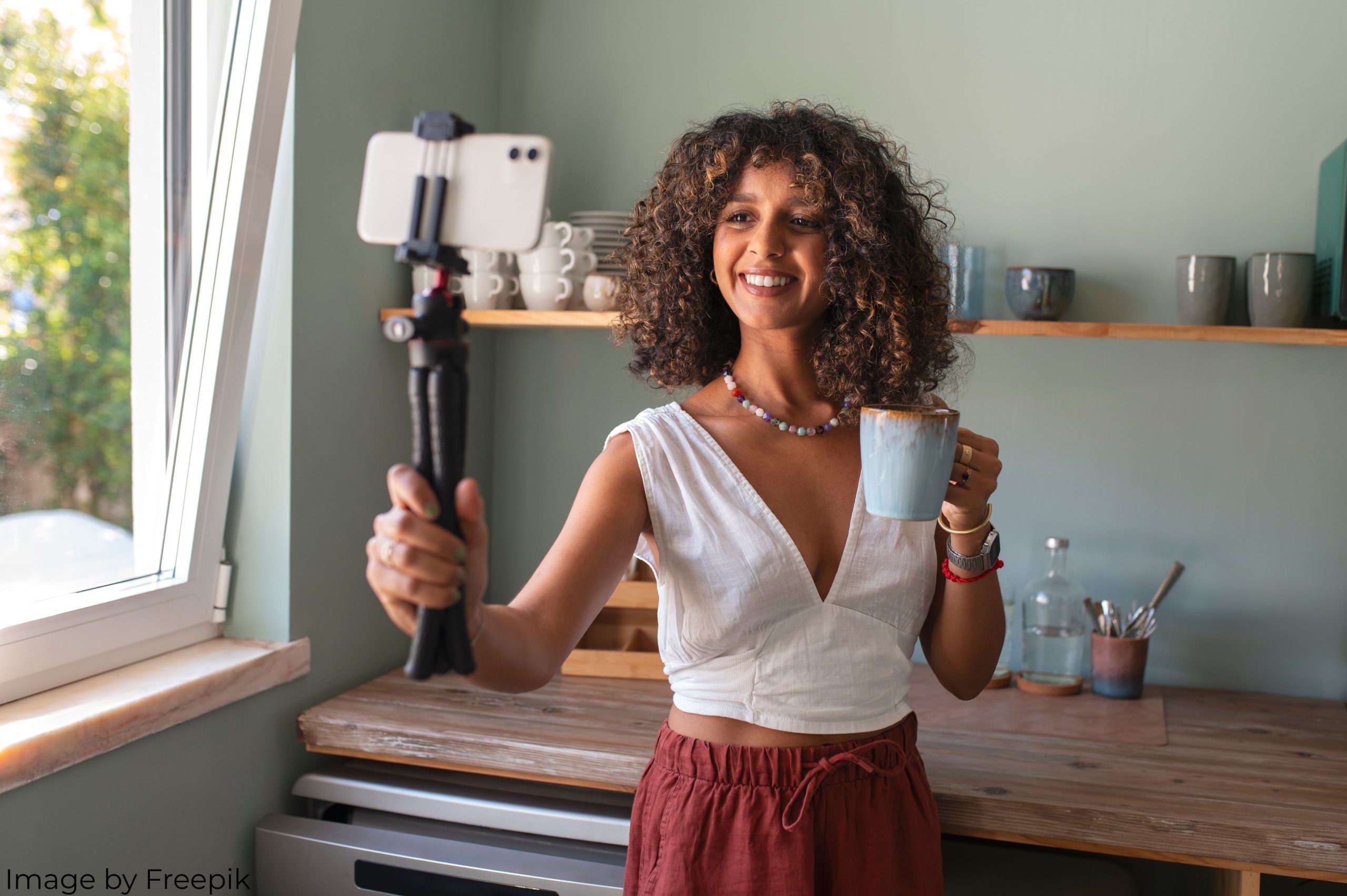
In the early years of Influencer Marketing, brands wanted to partner with creators having the most followers. Those creators are now called ‘mega-influencers.’
As the industry matured, marketing teams recognised that mega-influencers aren’t always the best or only option.
Brands have started choosing micro and nano influencers to reach smaller but more engaged communities at more affordable rates. But does this mean collaborations with mega-influencers never produce good results?
This article breaks down everything about working with mega-influencers and ensuring ROI on these collaborations.
What is a Mega-Influencer?
Influencers can be classified in various ways– from their platform and content focus to the extent of their reach. Mega-influencers fall under this latter category of influencers, representing the creators with the highest reach. However, there may be differences from one team to another in setting the benchmarks for these types of influencers.
Most like to categorise influencers based on their ‘followers’ or ‘subscribers’. However, we reccomend to categorise them based on their recent average views across the last 12 videos. This is a more realistic depiction of their relevance and current reach, and will estimate their CPM more accurately. This way you can make strategic choices that will ensure good ROI on your influencer marketing campaign.
Based on this, we tend to classify mega-influencers as those creators with over 1M average views. Mega-influencers, though few, account for over 63% of views, making them crucial for scalable campaigns.
Mega-Influencers vs Celebrities
The definitions of Mega-influencers can vary. Some considering these to only be individuals who have entirely grown their presence online. Others include celebrities who have initially gained fame offline, and gained a significant online following as a result. This includes sportspersons, musicians, actors and mainstream media personalities, so on.
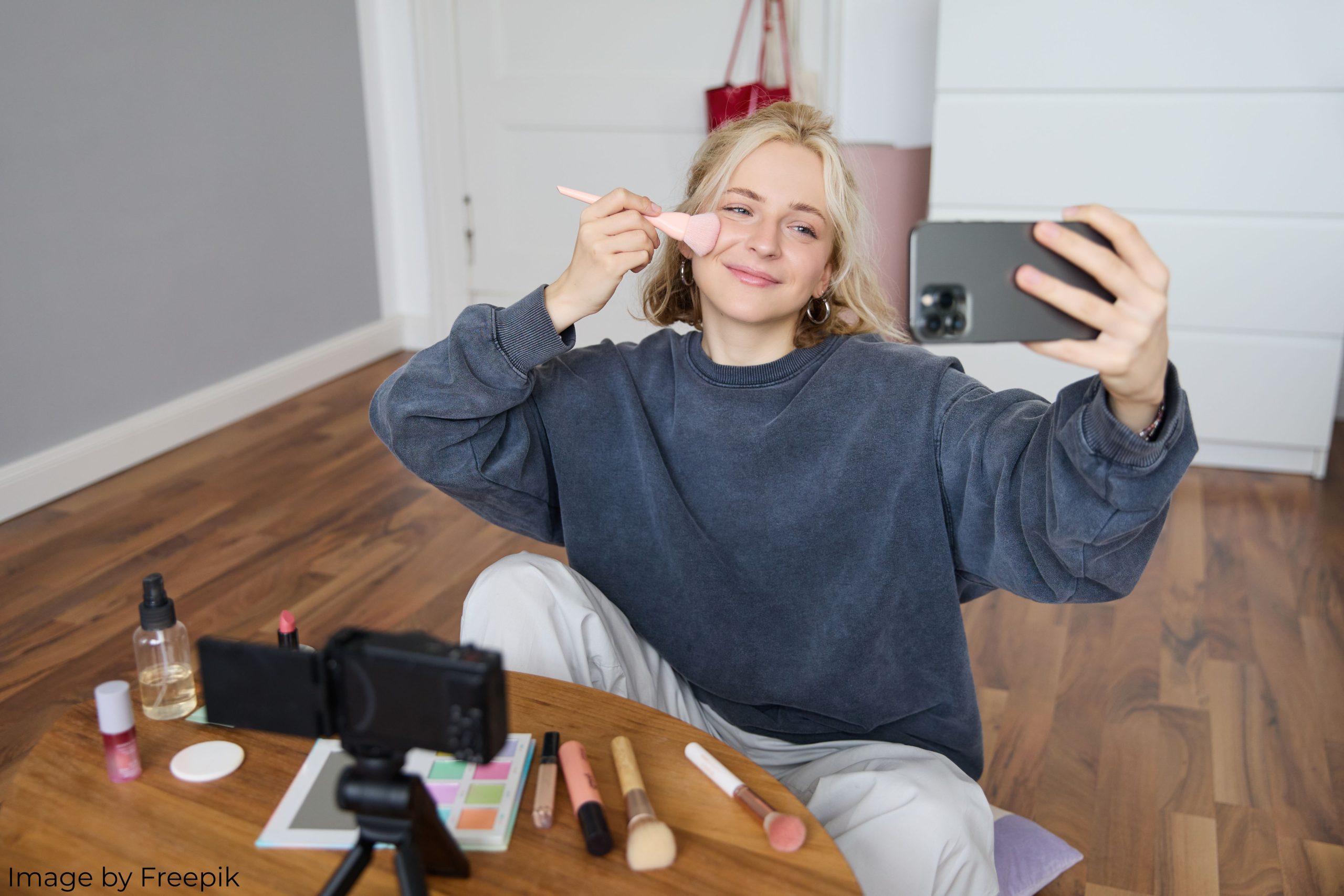
But working with the latter typically falls within the category of celebrity endorsements. These do not always lie within the scope or budgets of influencer marketing departments and may involve multi-platform activations.
Admittedly, many mega-influencers who became famous through their social media activities go on to gain celebrity status. Their mainstream success, in fact, elevates them from relatable to aspirational. They achieve influence, assets, and coverage comparable to a-list celebrities in any other traditional sphere of entertainment.
Despite this, successful mega-influencers maintain authentic personalities thanks to:
- Self-made success stories as creators;
- Ability to entertain/educate their audiences in more frequent capacities than mainstream celebrities;
- Ability to cater their main offerings (as content, owned merchandise, and so on) to their followers’ preferences.
The content and engagement opportunities they have offered their followers have built up both the creator’s credibility, and the followers’ parasocial relationships with them. Followers feel closer to, and more trusting of these creators compared to traditional celebrities.
Is it risky to work with Big Influencers?
Evidently, mega-influencers have several benefits. However, working with them can also be perceived as risky. In fact, it involves investing a large sum of money on a single channel, even though CPMs may be low.
For instance, let’s consider a smaller youtube influencer with 100K average views quotes a fee of $5000. This would bring their CPM in at $50. Meanwhile, what if someone told you a mega influencer’s CPM is only $20? From a performance perspective, a $20 CPM would seem like the obvious choice!
But when we consider that the mega-influencer’s average views come in at around 5M, and realise it involves spending $100,000 on a single creator, the choice does not seem as obvious anymore.
Influencer Marketing does still have some amount of uncertainty around it. Therefore, our loss prevention biases can make the prospect of losing $100,000 on a bad investment influence our decision more than the possibility of gaining a much higher ROI & EMV. Comparatively, losing $5000 will not seem as significant, and even though the potential returns on this creator may not even be 100%, we might feel like choosing the smaller influencer is a less risky choice.
These biases are not unfounded. Risk mitigation and strategic investments are very important parts of building successful Influencer Marketing strategies. This is why it is possible to undertake some key steps to ensure the ROI maximisation on a mega-influencer collaboration.
How to work with Big influencers
This section breaks down some best practices using the Top Troops x MrBeast Campaign MediaBodies ran with Social Point.

1. Consider Your Objectives
One of the initial questions you’ll be asking yourself will be – when should I work with a mega-influencer?
Bigger influencers can be great for brand awareness and brand & identity building objectives. These may be centred around a significant marketing event – like a new launch, a rebrand, an upgrade, an anniversary, an event or other occasion, a limited-time activation, and so on.
Achieving the target KPIs expected for these significant events with micro-influencers alone would require volumes at a massive, unmanageable scale. This is something the broad reach provided by macro-influencers can help achieve easily without worrying about outreach, responsiveness, timelines, draft management, payments, and so on.
Mega-influencer activities not only reach their regular viewers, but also mainstream news media – which encourages more coverage, reporting, and conversations. They can consequently increase EMV, further amplify the reach, and improve the performance of other marketing channels too.
Speaking of scale, big influencers can be particularly useful to amplify the impact of performance campaigns too. However, working with these creators for pure performance campaigns typically comes later, during the ‘Scaling Up’ phases of campaigns. This can happen after significant and sufficient data has been gathered through testing and optimisation, or if there is sufficient data and confidence around the target audience profile.
This brings us to the next best practice:
2. Choose your Mega-Influencers strategically.
Whether you’re looking to launch your influencer marketing efforts by generating more awareness, or looking to specifically drive influencer marketing ROI, strategically choosing your mega-influencers is critical.
We’ve discussed the steps to finding influencers, and the factors to consider when finding bigger influencers are no different. A wide reach is not enough. You need to ensure that the majority of the people within this ‘reach’ match your ideal customer profile.
This involves analysing how well the mega influencer’s audience age, location, gender, and interests match up to your brand’s ideal consumer.
An influencer-brand alignment when working with big influencers is even more important than with smaller creators. A misalignment can be damaging for both, the brand and the influencer. It can create negative perceptions towards the brand and the creator, and prevent other influencers from partnering with the brand in the future to avoid similar backlash.
3. Increase Performance with Gift Codes, Rewards, Contests and Giveaways
One of the secrets to building a successful, scalable influencer marketing strategy is to iterate. As you get to the scaling phases in campaigns where your investment is significant- whether this is working with influencers at scale, or working with mega-influencers- one of the key ways to optimise for ROI is by adding additional purchase incentives.
These additional incentives are typically intended to appeal to consumers’ sense of gratification, and can take the form of discounted items – represented in gift or coupon codes, or free items represented by contests and giveaways. These incentives can have a significant impact on ROI and conversion rates and retention; where we have seen increases in ROI by up to 104%.
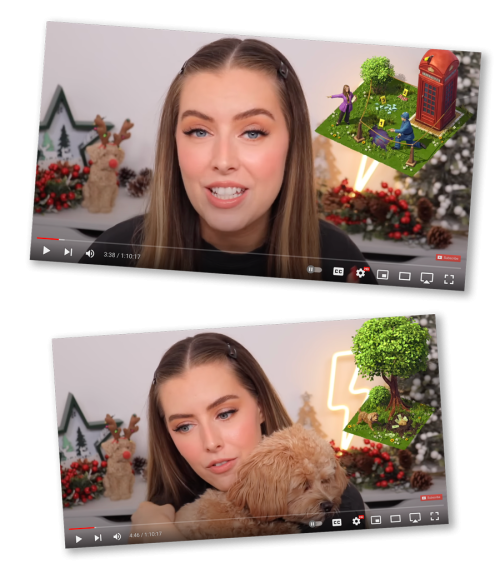
4. Increase Performance Outcomes by Developing Custom Assets based on the Influencer
Custom Assets refer to product items that carry the influencer’s likeness or brand in some form or the other. For mobile or PC/Console games, this could mean creating a character or challenge within your game inspired by the Influencer. For an athleisure brand, this could mean an item designed by the influencer; for a beverages brand, a custom flavour created with the influencer, and so on.
Custom products and integrations can be time consuming and costly, since it involves significant investment from the product development teams, production changes, approvals, and so on.
But there are ways for you brand to work with a bigger influencer in a more personalised way without having to invest in creating entirely new custom products.
For instance, taking existing products and changing smaller features to make them appear like they were created for the influencer. This could mean changing the name, pricing, packaging, promotional pictures, product landing pages, etc.
In our Influencer Marketing Campaign for Twodots, we assigned pre-existing game elements to different influencers based on their personal brands. A beauty influencer was assigned a lipstick, a burger-lover was assigned a burger, and so on. We then created a ‘scavenger hunt’ event for followers, encouraging them to find the items that represented their favourite influencers.
As another example, a fashion brand may create a separate ‘curated collection’ by the influencer. A ‘curation’ doesn’t mean ‘creation’. This could simply mean the influencer selecting specific items from the existing product catalogue and endorsing these as their ‘picks.’ A separate landing page and some images of the influencer wearing the pieces would be enough to make it seem like a personalised collection.
In this way, we can leverage the benefits of custom assets without actually having to create entirely new ones!
5. Integrate Your other Marketing Activities
Another important factor in maximising the ROI of mega-influencer collaborations is to integrate these with other marketing channels like PR, Paid ads, POS promotions, and so on, to really make the most of the investment.
As we discussed, big influencers often have celebrity status and gain fair coverage in the mantram media. We also know that influencer marketing is not a bottom funnel activity. It plays a significant role in adding potential customers to various parts of the pipeline, and eventually lead to conversions. This is why it is important to maximise the EMV, usage scope, and so on to ensure we’re using the influencer’s identity and image to draw in as many people as possible into the pipeline.
6. Negotiate Strategically
Naturally, mega-influencers’ prices will be significant- ranging from 5 to 8 figures depending on the platform, deliverables, and so on. This makes negotiations a key part of setting these collaborations up for success.
Timeliness is key, so it is important to have internal processes aligned and committed to the budget at the outset. These creators are highly sought after, and often have limited sponsored slots depending on their posting schedules, exclusive partnerships, and own businesses- which means these slots can be booked up well in advance.
They also may have separate management and legal teams reviewing terms of offers and relaying information back and forth. This can prolong processes and include several rounds of agreement revisions before a version is signed, making it important to reach out well in advance.
Whilst negotiating terms and deliverables, it is also important to pitch the integration as something that will be significantly advantageous to the influencer’s brand and well received by their audience too.
Mega-influencers in particular will often want stricter creative control, and working with them on creating a concept will result in a more creative and well integrated collaboration, tailored to the audience.
A collaborative approach can also help maintain positive relationships with the creator. This will make the pricing and deliverables fairer, allowing you to choose which video you’d like the ad to be included in, and keeping the influencer’s team open to future collaborations.
What is a Good Example of a Mega-Influencer Collaboration?
Media Bodies’ MrBeast x Top Troops campaign with Social Point demonstrates the above tips in practice.
Social Point wanted to kick-off the global launch of their brand new IP Top Troops with a mega-influencer collaboration. The objective was to reach large masses of target audience, drive awareness and instals, create wider media coverage, and tie into wider funnel activities.
The reason we chose MrBeast was not simply because of his reach. At least 25% of his global audience is in Tier 1 countries and comprises a majority of 25+ males, matching the game’s target audience.
Additionally, for a mega-influencer of his size, MrBeast’s engagement rates and audience retention are particularly promising due to the higher quality production and engaging content formats.
We had worked with MrBeast on prior integrations for Social Point’s other games with similar core consumers like Dragon City. So we knew that his integrations performed well and were effective in reaching and converting the core target audience.
However, we knew that working with the biggest YouTuber in the world would require a significant investment, and we had to take additional measures to make the offering as appealing as possible to his followers and drive the maximum ROI.
Social Point created a ‘MrBeast’ game character, a limited time MrBeast challenge, and a reward pack of in-game currency.
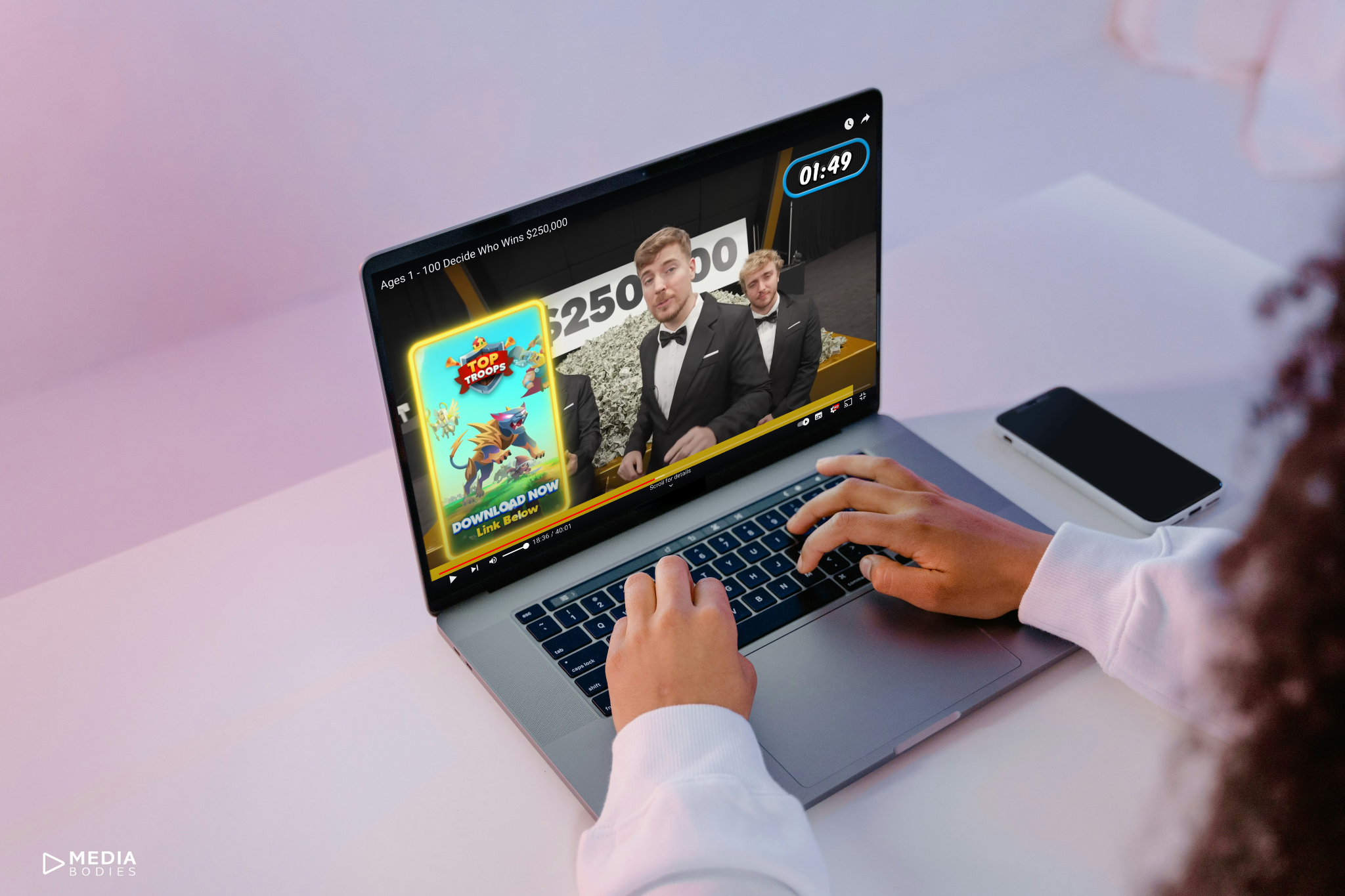
Personalising the item reinforced MrBeast’s investment in the partnership due to the willingness to lend his likeness to the game. Simultaneously , it reinforced the brand’s support of his content due to the significant investment this would have required. The end result appeared as a good brand-influencer fit.
Custom MrBeast game elements and limited-time challenges maximised ROI and engaged audiences significantly.
Ensuring negotiations included usage of the partnership disclosure, custom assets,and final integration in other marketing channels helped make the most out of the integration content well beyond the 60 second integration.
The, integration gained 48M views in under 24 hours, achieving a fantastic CPM and successful reach.
Summing up: Are Mega-Influencers Worth It?
In a world where more brands are taking interest in influencers with more intimate communities, it can be challenging to gauge the value of working with larger influencers as the advice around the best practices for working with them becomes more scarce.
And while working with these larger creators does come with its own challenges, it is worth remembering that many mega-influencers have gained their ‘mega’ status because they create significant value for their audiences in some way. This may be through their content, personalities, or both- and this can result in fantastic influencer-brand collaborations when executed strategically using the ROI optimising practices we outlined above.
Frequently Asked Questions (FAQs) about Mega-Influencers
1. What is a mega-influencer?
A mega-influencer is a creator with a vast reach, typically characterised by having over 1 million average views on their recent content. These influencers represent a small percentage of creators but account for a significant portion of total views, making them crucial for scalable influencer marketing campaigns.
2. How do mega-influencers differ from celebrities?
Mega-influencers are often distinguished from traditional celebrities by their origin of fame. Mega-influencers typically gain popularity through their social media activities, whereas celebrities might gain their following through achievements outside of social media. However, many mega-influencers eventually attain celebrity status due to their mainstream success.
3. How do mega-influencers maintain authenticity compared to traditional celebrities?
Mega-influencers often maintain more accessible and authentic personalities due to their self-made success and frequent, engaging content. This fosters stronger parasocial relationships with followers, who may trust these influencers more than traditional celebrities.
4. When should a brand consider working with a mega-influencer?
Brands should consider mega-influencers for campaigns focused on broad brand awareness, identity building, and significant marketing events such as new launches, rebrands, or special activations. They are also useful for amplifying the impact of performance campaigns during the scaling phases after sufficient data has been gathered.
5. How can brands choose the right mega-influencer?
Brands should strategically select mega-influencers whose audience demographics align with their ideal customer profile. This involves analyzing the influencer’s audience age, location, gender, and interests to ensure a good match, which can prevent negative perceptions and potential backlash.
6. What strategies can maximize the ROI of mega-influencer collaborations?
- Custom Assets: Develop custom products or assets featuring the influencer’s likeness or brand.
- Purchase Incentives: Use gift codes, rewards, contests, and giveaways to boost engagement and conversions.
- Integration with Other Marketing Activities: Combine the influencer campaign with PR, paid ads, and other marketing channels to maximize reach and impact.
- Strategic Negotiations: Engage in timely and strategic negotiations to secure favorable terms and deliverables, ensuring the collaboration aligns with both the brand’s and influencer’s goals.
7. What is a good example of a successful mega-influencer collaboration?
Media Bodies’ MrBeast x Top Troops campaign for Social Point is a prime example. By creating a custom MrBeast character and a limited-time challenge, along with leveraging MrBeast’s significant reach and engagement, the campaign achieved outstanding results, including 48 million views in under 24 hours.
8. Are mega-influencers worth the investment?
While mega-influencer collaborations come with challenges and high costs, they can provide substantial value when executed strategically. Their ability to generate significant reach, engagement, and media coverage makes them a valuable asset for achieving specific marketing objectives.
